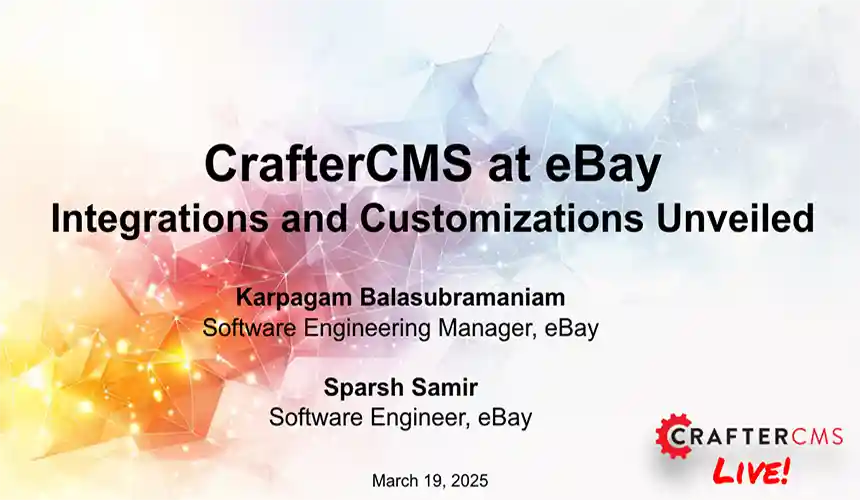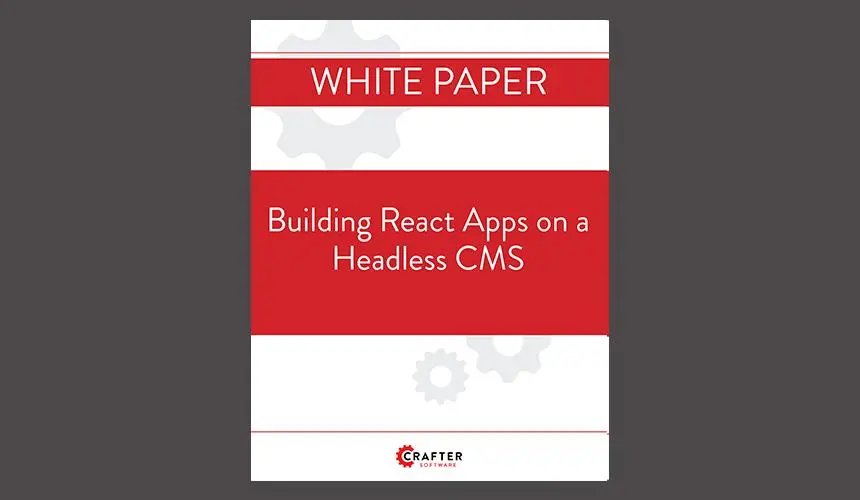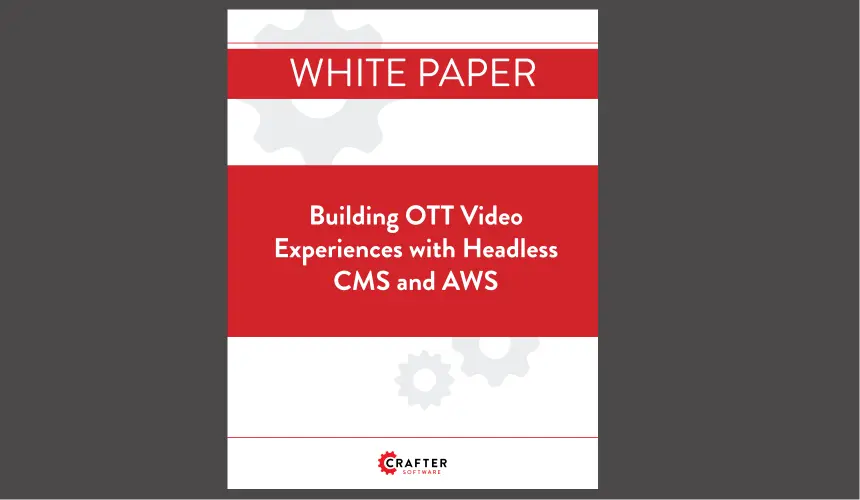Unlocking Visibility: Structured Data Markup for Content Pros & Devs

Amanda Jones

As a content author, editor, or CMS template developer, your primary goal is clear: craft compelling webpages and deliver them to your intended audience. But in today's digital landscape, increasingly powered by intelligent search engines and AI systems, that's only half the battle. The other half? Ensuring machines understand and spotlight what matters on your page. That's where structured data markup comes in.
What is Structured Data Markup?
Structured data markup is a standardized, machine‑readable annotation embedded in your HTML (commonly via JSON‑LD, Microdata, or RDFa) that tells search engines exactly what your content is—not just what it says. It follows the vocabulary of Schema.org, a collaborative standard maintained by Google, Bing, and others.
Whether you're describing an article, product, event, FAQ section, recipe, or organization, structured data transforms your webpage into a data-rich asset that engines can parse accurately and efficiently.
Why Structured Data Markup Matters for Search Visibility
Google’s own documentation highlights that pages with structured data have seen major upticks in engagement: Rotten Tomatoes saw a 25 % higher click‑through rate, Rakuten site visitors spend 50% more time on pages, and Nestlé’s marked pages reported an 82 % CTR improvement. That’s the magic of rich results: SERPs with star ratings, review snippets, FAQ schemas, event details, sitelinks, carousels, and more. And yes, these enhancements don’t directly affect ranking, but they do affect visibility and user behavior, which can indirectly influence SEO over time .
A Game‑Changer in the Era of AI
Structured data isn't just about SEO. It’s also an essential part of AI‑readiness.
-
Smarter AI comprehension: Modern AI crawlers lack full JavaScript execution and depend heavily on server‑side structured annotations to understand page content.
-
AI-powered assistants: Devices like Siri, Alexa, or Google Assistant frequently rely on schema to retrieve fact-checked details such as ratings, addresses, ingredients, etc.
-
LLM training quality: A growing body of evidence shows that AI systems prefer schema-rich pages as they provide precise, semantically clear data, reducing ambiguity and minimizing hallucinations .
In essence, structured data is the language AI uses to read your site properly.
Best Practices for Authors & Developers
1. Choose the right types
Start with what matters to your page:
-
Blogs:
Article,BreadcrumbList, maybeFAQorHowTo -
Products:
Product,Offer,AggregateRating -
Events:
Event,Place,Organization -
Publishers:
NewsArticle,VideoObject,Comment
Don’t over-markup or misapply: it must reflect the visible content and pass Google’s quality tests.
2. Prioritize JSON‑LD & server-side rendering
JSON‑LD is Google's recommended (and easiest) format. And inject it server-side or as part of the static HTML, not via client-side JavaScript or Google Tag Manager, so AI crawlers can see it upfront. If you are using a headless CMS, you will want to be sure it supports server-side rendering, among other advanced capabilities.
3. Ensure accuracy & completeness
-
Include all required and recommended properties for each schema type.
-
Maintain content parity: data must match what's visible on the page. If you list a 5-star rating in markup, it must be shown in the HTML.
-
Test in developer tools: Google Rich Results Test, Schema.org Validator, and Search Console reports all help catch missing or invalid fields.
4. Nest items or link with @id
For pages with multiple items—say, a recipe with a video and user reviews—nest them under a main Recipe object or intelligently link them via @id. This gives search engines richer, multi-faceted context.
Workflow for Maximum Impact
-
Audit content: Identify which pages or templates could benefit from structured data.
-
Plan types: Select schema types based on page intent and user goals.
-
Implement: Insert JSON‑LD in templates or CMS components.
-
Validate: Use Rich Results Test and Search Console Reports.
-
Deploy & monitor: Watch for new rich results or errors.
-
Iterate: Update markup as Schema.org types evolve and new page content emerges.
Common Pitfalls & How to Avoid Them
-
Client-side injection only: AI crawlers miss script-injected schemas, so always server-side-render your content.
-
Mismatched content: Markup that doesn’t match visible content can trigger manual actions—or worse, mislead users .
-
Incomplete data: Leaving out required fields (e.g.,
priceoravailabilityin Product schema) makes your markup ineligible for rich results . -
Abusing schema: Labeling unrelated content (e.g., tagging generic content as a recipe) is spam, and Google can take action.
Tailoring to Roles
| Role | What You Should Do |
|---|---|
| Content Author | Provide visible content that's schema-worthy (ratings, event dates, FAQs). Coordinate with devs to structure it. |
| Content Editor | Ensure editorial guidelines require visible content to match markup, especially for dates, ratings, ingredients, or key facts. |
| Template Developer | Build reusable markup snippets (JSON‑LD) for your CMS templates; ensure server-side injection; include schema validation in build pipeline. |
The Future: AI + GEO
In 2025, search is evolving from SEO to Generative Engine Optimization (GEO), where AI systems answer queries directly, using context‑rich sources. Your site becomes source material for these answers. Accurate schema equals trustworthy data. And trustworthy data gets cited by AI.
CrafterCMS and Structured Data Markup
CrafterCMS provides robust and flexible support for implementing structured data markup, empowering both developers and content authors to create AI- and search-friendly experiences without compromise.
Developer-Friendly Markup with Freemarker, React, and SPAs
For developers working with traditional templating, CrafterCMS offers powerful native support through its built-in FreeMarker templating engine. This allows structured data (e.g., JSON-LD snippets) to be dynamically rendered on server-side HTML pages, with direct access to content model fields. Developers can easily insert schema.org markup into templates by using simple, readable expressions like ${contentModel.title} or looping through structured lists, ensuring markup stays synchronized with actual content.
For modern Javascript frontend frameworks like React, Vue, or Angular, CrafterCMS sports a headless, API-first architecture, enabling developers to query content via GraphQL or REST and inject structured data markup client- or server-side. Since CrafterCMS doesn’t dictate your frontend stack, you have complete freedom to implement schema.org data in whatever way fits your SSR or hydration strategy. CrafterCMS also supports server-side Groovy scripting, Next.js and other JAMstack/SPA technologies, allowing markup to be rendered server-side for optimal SEO and AI visibility.
User-Friendly Authoring in Crafter Studio
On the content authoring side, CrafterCMS's visual authoring experience, Crafter Studio, makes it easy to manage the data that powers structured markup. Custom content types can be defined with user-friendly input forms, such as star ratings, FAQs, event dates, or product specs, ensuring content creators can populate all the fields needed for rich structured data, without having to write code. These fields map directly to schema.org attributes and are immediately available for use in templates or frontend rendering logic.
This seamless collaboration between developer-defined models and author-managed data ensures that structured data markup is always accurate, complete, and kept in sync with the live content, maximizing search engine visibility and readiness for AI-driven experiences.
Summary
Structured data markup is no longer optional, it's now essential. It bridges human-readable content and machine-readable semantics. Through rich results, higher CTRs, eligibility for AI citations, and future-proofing against new AI-based search paradigms, schema delivers true visibility.
For templates, standardized JSON‑LD snippets reduce maintenance overhead. For content teams, it means more engaging, discoverable pages. For SEO, it unlocks richer placement in SERPs and emerging AI surfaces.
So, audit your existing pages and structure you new templates, for you home page, blog posts, products, events, FAQs and more. Add accurate, complete, server-rendered structured data. Validate and monitor. Let your content speak its truth to the machines and beyond.
By weaving structured data into your content and development workflows, you’re not just optimizing for today’s search engines, you’re future-proofing against the AI-driven layers of tomorrow, ensuring your pages are understood, featured, and trusted.
🔧Ready to level-up your content strategy with Structured Data Markup? Register for a free trial of our modern enterprise-grade, AI-enabled CMS that supports both content authors and developers with all the tools they need.
Related Tags
Related Posts

From Content Author to AI Co-Creator: The Next Evolution of CMS Workflows with MCP

Amanda Lee

Building Resilient Digital Experiences: Multi-Region Deployment Strategies with Crafter Cloud on AWS

Sara Williams

TYPO3 Alternatives: Why Enterprises Choose CrafterCMS

Amanda Jones

What is the Model Context Protocol (MCP)? A CMS Developer’s Guide to AI Integration

Amanda Lee










